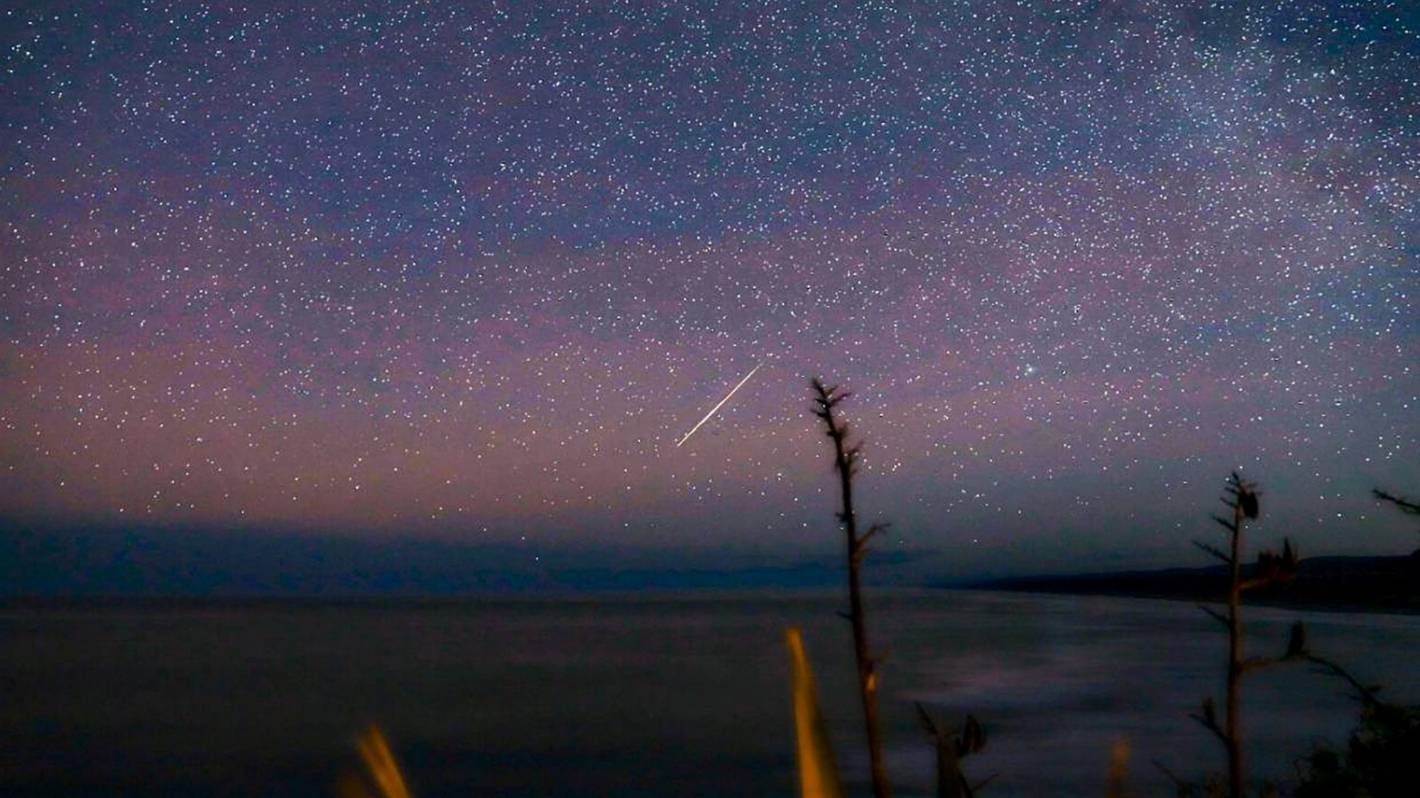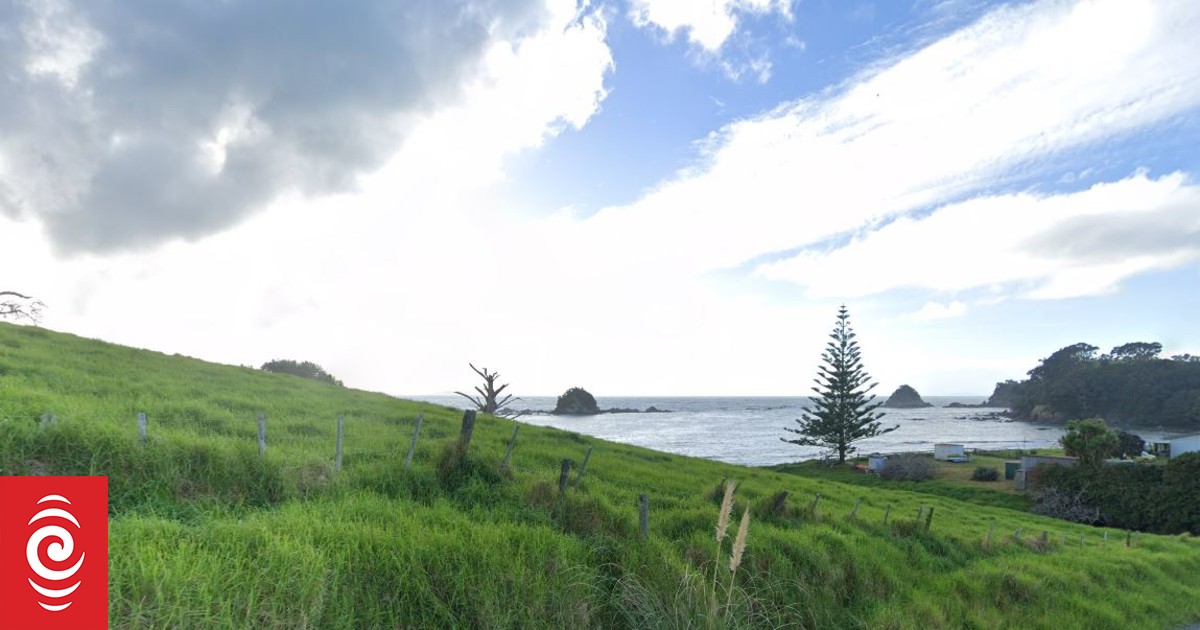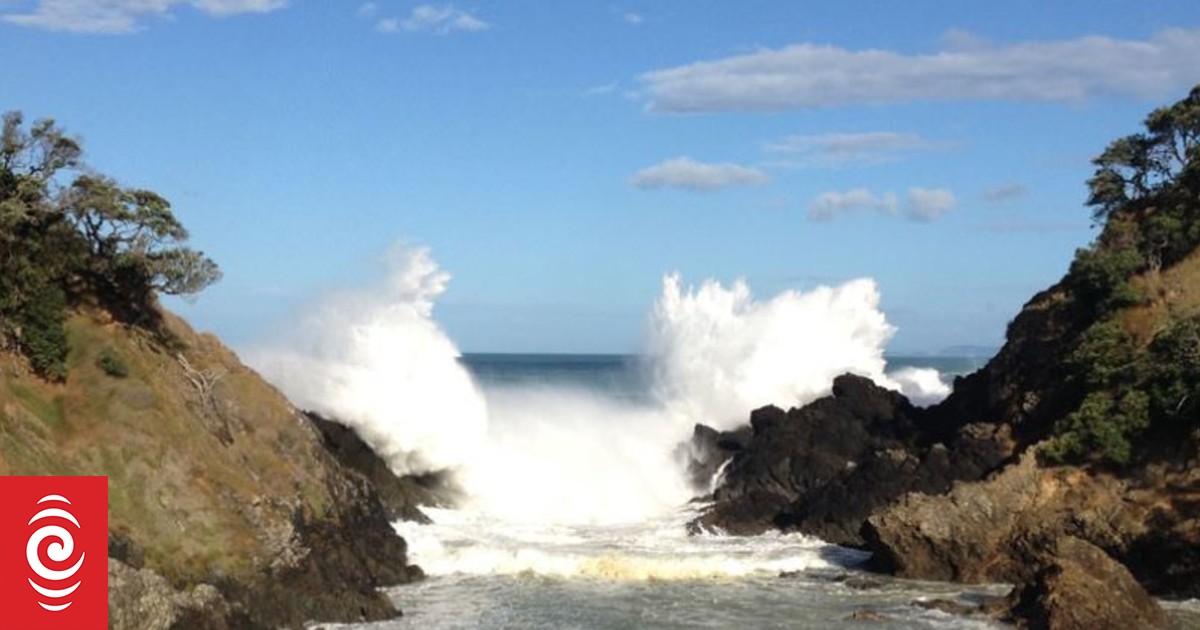A meteorite spotted over Northland over the weekend may have left pieces of rock scattered over the land.
Read this story in te reo Māori and English here. / Pānuitia tēnei i te reo Māori me te reo Pākehā ki konei.
From Waikato to Kaitāia, Fireballs Aotearoa, a collaboration between scientists at Canterbury and Otago universities, said witnesses told them they had seen a meteor in the early hours of Saturday.
The group said the fireball was captured by night-sky cameras in Northland, and many people reported hearing a “sonic boom”, caused by the meteorite travelling faster than the speed of sound.
Associate Professor James Scott from University of Otago’s geology department said they figured out the meteorite would have hit an area between Dargaville and Whangārei, using witness reports.
READ MORE:
* Large meteor lights up skies in Norway
* Australian prospectors’ mystery rock was no nugget, but something much rarer
* Diamonds from space formed inside a long-lost planet, scientists say
“At the last visible point, the incoming rock either completely burnt up, or it had slowed sufficiently and fragmented into pieces.”
Scott said a witness in Tangowahine in Northland reported seeing it spilt into half a dozen pieces.
Susannah Redstone/Supplied
The meteor was visible across the Waikato, Auckland and Northland in the early hours of Saturday. (file photo)
Scott said it’s believed there could be pieces of meteorite strewn across the ground. If it could be recovered, it’d be the tenth known meteorite in Aotearoa in 160 years.
One may have fallen earlier in the year in Otago and another in the Cook Strait, but neither were recovered, he said.
University of Otago master’s student Thomas Stevenson said it was “fairly rare” to see a meteorite of this scale.
“If fragments are found we will be able to look at the individual grains and crystals that make up the rock to figure out how it was formed and which planet it originally came from.”
FIREBALLS AOTEAROA/Supplied
Astronomers were able to figure out the meteorite would have landed somewhere between Dargaville and Whangārei.
Fireballs Aotearoa astronomer Jeremy Taylor said they wanted to be able to narrow down the area where the rocks may have landed further, but without many cameras in the region they were relying on the public to send in images.
“We’re asking for people to come forward if they have a witness account, especially people in the area who have security cameras that may have captured it.”
Dr Michele Bannister, science communicator at the University of Canterbury, said people in the region should look out for “unusual black rocks”.
Joy Pollard/Supplied
Dr Michele Bannister said people in the region should look out for “unusual black rocks”.
“If any material is found, it should be photographed, the location precisely recorded, and only picked up with gloves and placed in a plastic bag.
“The material is probably fist-sized or less. Let us know if you find a piece on your land or road, and don’t take any risks searching for it and don’t go where you shouldn’t.”
Anyone who witnessed the event was asked to log their views on the Fireballs Aotearoa website.




